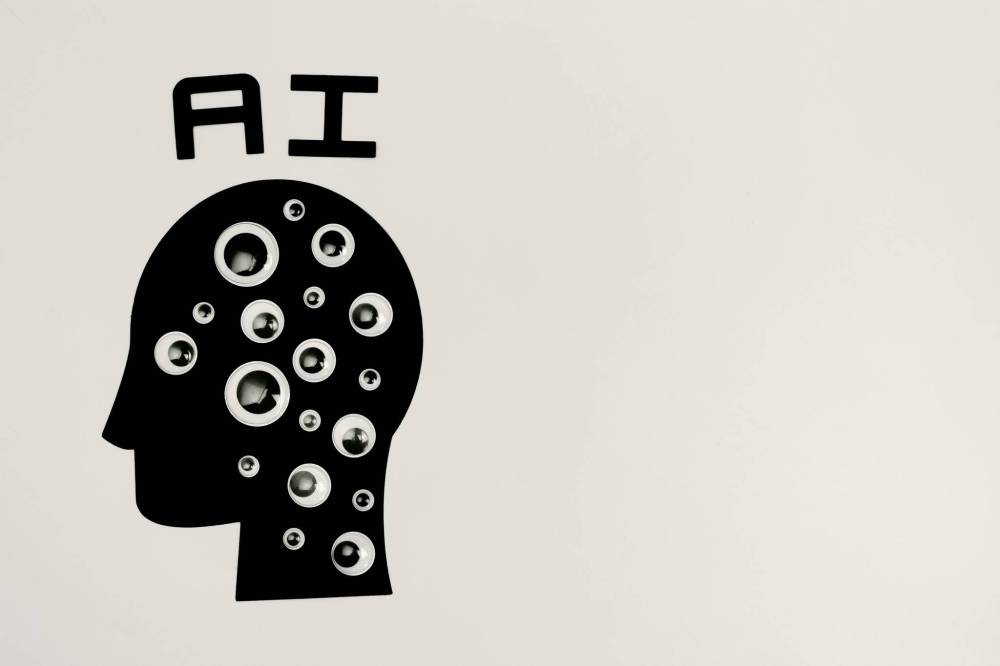Politics
Canadian Bank Embraces AI Amid Consumer Skepticism in Finance

Artificial intelligence (AI) is shaping the future of banking, as financial institutions like TD Bank explore innovative ways to enhance customer service. While AI promises to improve efficiency and offer user-friendly tools, a recent survey reveals significant skepticism among consumers, particularly in the Canadian Prairies.
A study conducted by TD Bank found that only 35 percent of respondents from Manitoba and Saskatchewan trust AI technology, compared to a national average of 43 percent. This skepticism may result from a lack of familiarity, with 40 percent of respondents rating their knowledge of AI as a “C.”
Aitor del Coso, Vice-President of Analytics, Insights, and AI for Canadian Personal Banking at TD, acknowledged that consumer apprehension is understandable, especially when it involves managing finances. “The first thing to address is how AI can make supporting our customers better,” he stated. Del Coso emphasized the potential of AI to assist in saving, budgeting, managing debt, and making investment decisions.
H2: TD’s AI Initiatives and Consumer Concerns
Later this year, TD plans to introduce a generative AI search engine for employees to help find solutions for clients within its own banking datasets. This tool is part of a broader strategy to incorporate AI into various banking processes, including tools for portfolio managers and analysts. However, Del Coso noted the importance of ensuring the technology has the right “guardrails” to prevent the dissemination of incorrect information.
Despite the potential benefits that AI could bring to customer service, banks remain cautious. A study by J.D. Power revealed that customer satisfaction in online banking and mobile apps has stagnated, with most institutions scoring between B- and B+. “There is really not much movement year-over-year, in terms of improvement,” stated Sean Gelles, Senior Director in Payments Intelligence at J.D. Power.
Gelles highlighted that while consumers express general satisfaction with their banks, the industry lacks innovation. AI could revitalize this space, yet institutions are hesitant to take risks, focusing on existing technologies to maintain customer trust.
H2: The Rise of Buy-Now-Pay-Later and AI’s Role
In addition to traditional banking, AI is making significant inroads into the rapidly expanding Buy-Now-Pay-Later (BNPL) market. This service allows consumers to purchase products through installment payments, facilitated by AI that streamlines the underwriting process in real-time. According to Natasha Macmillan, Senior Director of Everyday Banking at Ratehub.ca, AI is crucial for quickly matching consumers with suitable BNPL options.
The BNPL market is projected to grow to a value of $15 billion in Canada by 2030. In the United States, consumers took out approximately US$100 billion in BNPL loans in 2023, highlighting the service’s popularity. However, Macmillan cautioned that while BNPL can help consumers manage tight budgets, it can also lead to overextension, with interest rates reaching as high as 35 percent for missed payments.
As the financial landscape evolves, consumers must navigate the implications of new technologies carefully. The TD survey underscores the need for banks to address public concerns and build trust around AI integration in their services.
In conclusion, while the potential of AI in banking is vast, the path forward must be navigated with caution and transparency to ensure that consumer confidence is not compromised.
-

 Politics4 weeks ago
Politics4 weeks agoSecwepemc First Nation Seeks Aboriginal Title Over Kamloops Area
-

 World5 months ago
World5 months agoScientists Unearth Ancient Antarctic Ice to Unlock Climate Secrets
-

 Entertainment5 months ago
Entertainment5 months agoTrump and McCormick to Announce $70 Billion Energy Investments
-

 Science5 months ago
Science5 months agoFour Astronauts Return to Earth After International Space Station Mission
-

 Lifestyle5 months ago
Lifestyle5 months agoTransLink Launches Food Truck Program to Boost Revenue in Vancouver
-

 Technology3 months ago
Technology3 months agoApple Notes Enhances Functionality with Markdown Support in macOS 26
-

 Lifestyle3 months ago
Lifestyle3 months agoManitoba’s Burger Champion Shines Again Amid Dining Innovations
-

 Top Stories2 months ago
Top Stories2 months agoUrgent Update: Fatal Crash on Highway 99 Claims Life of Pitt Meadows Man
-

 Politics4 months ago
Politics4 months agoUkrainian Tennis Star Elina Svitolina Faces Death Threats Online
-

 Sports5 months ago
Sports5 months agoSearch Underway for Missing Hunter Amid Hokkaido Bear Emergency
-

 Politics5 months ago
Politics5 months agoCarney Engages First Nations Leaders at Development Law Summit
-

 Technology5 months ago
Technology5 months agoFrosthaven Launches Early Access on July 31, 2025



















